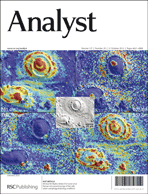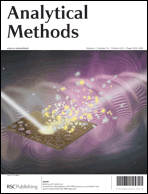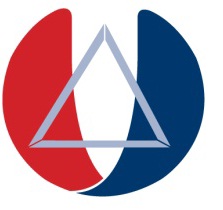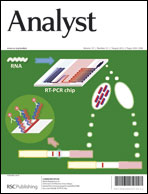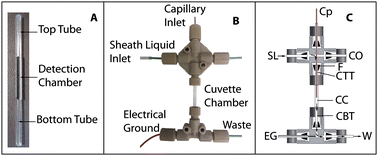If your institution has upgraded to the RSC Gold subscription, did you realize this means that you now have access to all of the RSC journal, database and magazine content? This means you now have access to Analyst and Analytical Methods! Take a look below at some of the highly cited content we have published recently. These papers will be free to access and read until October 22nd, so do take a look.We hope that you will consider submitting your next paper to Analyst or Analytical Methods.
New directions in screen printed electroanalytical sensors: an overview of recent developments
Jonathan P. Metters, Rashid O. Kadara and Craig E. Banks
Analyst, 2011, 136, 1067-1076
DOI: 10.1039/C0AN00894J
Gold nanoparticle probes for the detection of mercury, lead and copper ions
Yang-Wei Lin, Chih-Ching Huang and Huan-Tsung Chang
Analyst, 2011, 136, 863-871
DOI: 10.1039/C0AN00652A
Stable fluorescent gold nanoparticles for detection of Cu2+ with good sensitivity and selectivity
Yongming Guo, Zhuo Wang, Huawu Shao and Xingyu Jiang
Analyst, 2012, 137, 301-304
DOI: 10.1039/C1AN15877E
Electrocatalytic oxidation and determination of epinephrine in the presence of uric acid and folic acid at multiwalled carbon nanotubes/molybdenum(VI) complex modified carbon paste electrode
Hadi Beitollahi and Iran Sheikhshoaie
Anal. Methods, 2011, 3, 1810-1814
DOI: 10.1039/C1AY05211J
Tetracyanoquinodimethane nanoparticles as an effective sensing platform for fluorescent nucleic acid detection
Hailong Li, Lei Wang, Junfeng Zhai, Yonglan Luo, Yingwei Zhang, Jingqi Tian and Xuping Sun
Anal. Methods, 2011, 3, 1051-1055
DOI: 10.1039/C0AY00746C
Target and non-target screening strategies for organic contaminants, residues and illicit substances in food, environmental and human biological samples by UHPLC-QTOF-MS
Ramon Díaz, María Ibáñez, Juan V. Sancho and Félix Hernández
Anal. Methods, 2012, 4, 196-209
DOI: 10.1039/C1AY05385J


